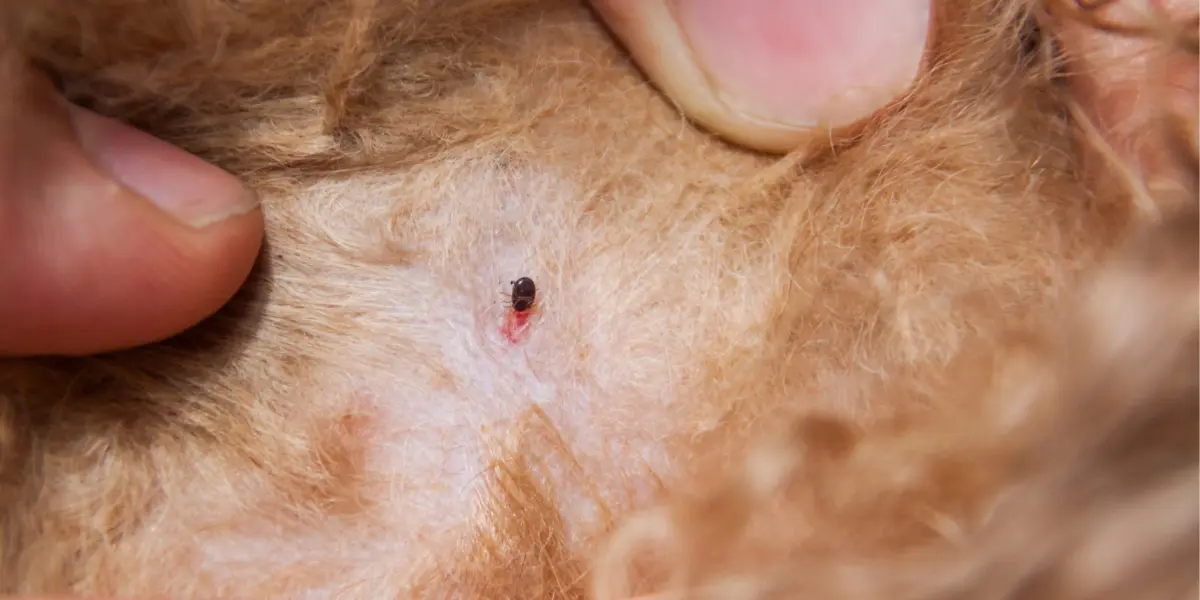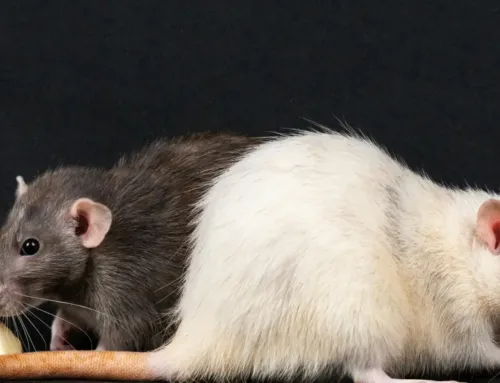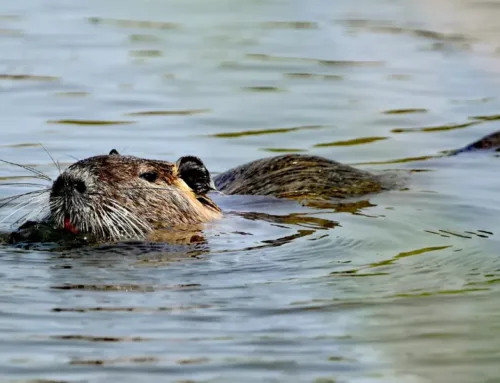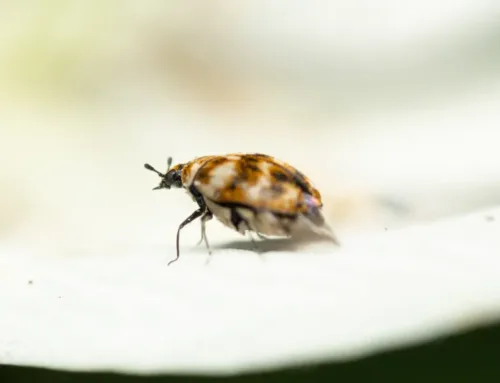When winter arrives, many homeowners and pet owners ask the same question: do fleas die in the winter, or do they find ways to survive the cold? The simple response is no, the majority of the fleas do not entirely perish during winter. Although some are killed by the low temperatures, freezing, many survive by seeking shelter in warm, sheltered spots, like as homes or on pets. The knowledge of the survival of the fleas during the winter months can also make you take care of your home and pets throughout the year.
Why People Think Fleas Die in the Cold
Fleas are summer insects and prefer warm and wet places. Their most active period is experienced in spring and summer when the weather favors quick breeding. It is so simple to think, therefore, that the frosty weather of winter sweeps them all off. Even though most of them die when the temperature drops, fleas have managed to become more resistant to this by seeking warmth and shelter in unusual locations. If you’re dealing with an infestation, professional flea control in Coquitlam can help eliminate them effectively and prevent future outbreaks.
How Fleas Survive Cold Weather
Fleas respond to cold in different ways depending on their life stage. Adult fleas can’t tolerate freezing temperatures for long. Continuous exposure to temperatures below freezing usually kills them within days. Flea eggs and larvae are even more fragile and rarely survive outdoors once the frost sets in. However, the pupal stage, when fleas are cocooned, is much more resilient. They can remain dormant for months, waiting for the right warmth, humidity, and signs of a host before emerging as adults.
Because of this, it’s not accurate to say fleas die in the winter. Instead, they slow down their life cycle and take advantage of protected environments.
Hidden Places Where Fleas Stay Warm
Fleas are skilled at finding warmth and shelter. They often survive the winter indoors, in areas like carpets, pet bedding, upholstery, and cracks in flooring. Heated homes provide the perfect refuge where fleas can continue to live and reproduce, even if more slowly than in summer.
Pets also help fleas survive. By living on a dog, cat, or even wildlife, fleas benefit from body heat and a constant food source. As long as they remain attached to a warm host, they’re shielded from freezing temperatures outside.
In regions with milder winters, fleas can even remain active outdoors. They hide in sheltered spots like crawl spaces, basements, or piles of debris, where temperatures stay slightly higher. When the weather warms up again, any surviving fleas quickly resume their normal life cycle, leading to new infestations.
What Really Happens During Winter
During winter, flea populations decrease outdoors because many adults and larvae can’t withstand the cold. However, a portion survives indoors or in cocoons. The overall breeding cycle slows, but it doesn’t stop completely. Eggs take longer to hatch, larvae develop more slowly, and adult activity reduces. Once spring returns and temperatures rise, dormant fleas emerge and populations spike again.
That’s why homeowners often notice a sudden surge in flea activity as the weather warms. Those fleas didn’t come from nowhere; they’ve been hiding all winter, waiting for the right conditions to return.
Why You Still Need Flea Prevention in Winter
It’s a common mistake to stop flea control treatments once the temperature drops. Even if fleas seem less active, it only takes a few survivors to restart an infestation when spring arrives. Continuous prevention keeps you ahead of the problem.
Pets that go outside, visit parks, or interact with other animals can still pick up fleas during winter. These pests can ride indoors on your pets and start reproducing in warm indoor spaces. Maintaining year-round flea control products, cleaning your home regularly, and checking your pets often ensures infestations don’t take hold. If you’re facing recurring issues, flea control in Burnaby can help protect your home and pets all year long.
How to Keep Fleas Under Control in Winter
Regular vacuuming is one of the simplest and most effective ways to remove flea eggs and larvae from carpets and furniture. Washing your pet’s bedding frequently in warm water also helps destroy any hidden eggs. Keeping your pets on veterinarian-approved flea prevention all year ensures they don’t become a winter refuge for fleas.
Inspect areas where your pets rest, such as sofas or rugs, and clean them regularly. If you suspect fleas indoors, professional pest control treatment from ASM Pest Control may be needed to break the life cycle completely. Staying consistent during the cold season makes springtime infestations much less likely.
FAQs
- Will fleas die instantly when temperatures drop?
No. Fleas don’t die right away when it gets cold. Some can survive for several days in freezing temperatures, especially if they’re protected or attached to a warm host. - Can fleas live inside homes during winter?
Yes. Heated homes provide the perfect environment for fleas to survive and even reproduce. Carpets, furniture, and pet bedding can shelter fleas until warmer weather returns. - Do flea eggs survive in winter?
Flea eggs are sensitive to cold and usually die outdoors in freezing conditions. However, if laid indoors, they can hatch and continue the life cycle even in the middle of winter. - How long can fleas stay dormant?
Fleas in the pupal stage can remain dormant for several months, waiting for warmth, vibration, or a potential host before emerging as adults. - Should I continue flea treatment in winter?
Yes. Stopping flea prevention allows surviving fleas to breed once conditions improve. Keeping your pets and home protected year-round is the best way to prevent infestations.






